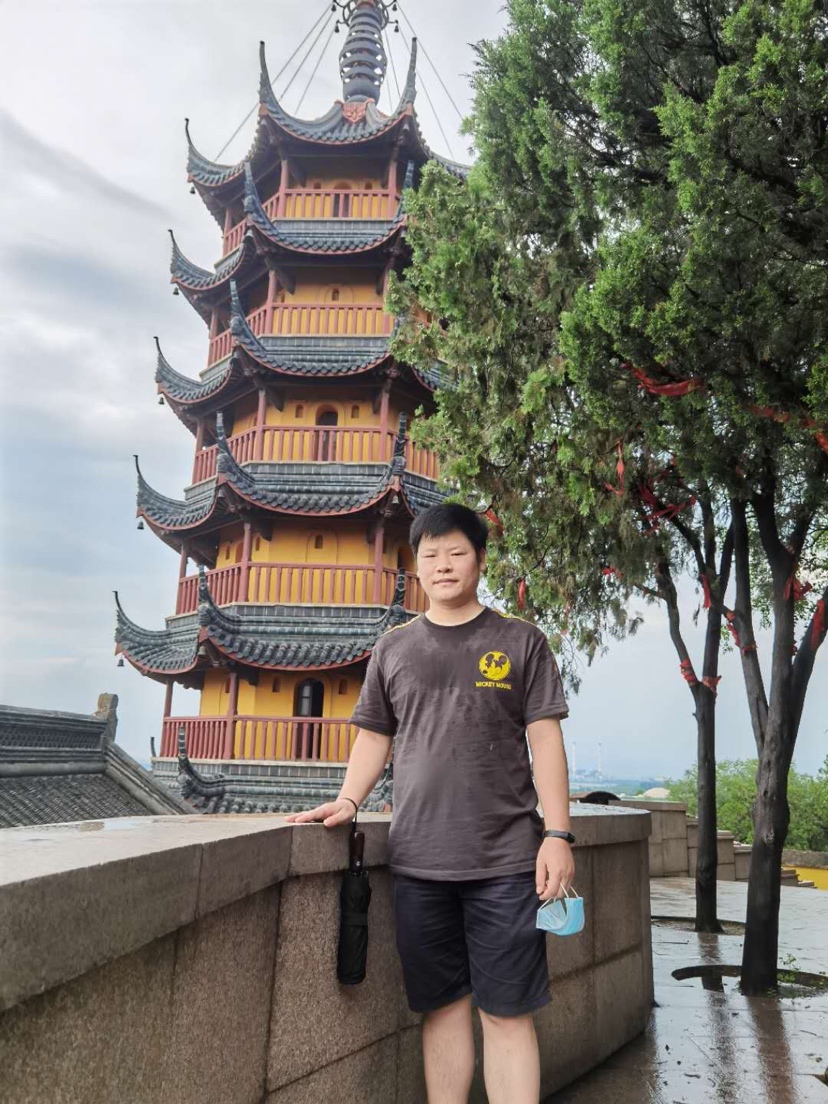手写一个监听器
1.事件对象
public class Even {
private Robot robot;
public Even() {
super();
}
public Even(Robot robot) {
super();
this.robot = robot;
}
public Robot getRobot() {
return robot;
}
public void setRobot(Robot robot) {
this.robot = robot;
}
}2.事件源:机器人
public class Robot {
private RobotListener listener;
/**
* 注册机器人监听器
*
* @param listener
*/
public void registerListener(RobotListener listener) {
this.listener = listener;
}
/**
* 工作
*/
public void working() {
if (listener != null) {
Even even = new Even(this);
this.listener.working(even);
}
System.out.println("机器人开始工作......");
}
/**
* 跳舞
*/
public void dancing() {
if (listener != null) {
Even even = new Even(this);
this.listener.dancing(even);
}
System.out.println("机器人开始跳舞......");
}
}3.事件监听器
public interface RobotListener {
void working(Even even);
void dancing(Even even);
}4.自定义监听器
public class MyRobotListener implements RobotListener {
@Override
public void working(Even even) {
Robot robot = even.getRobot();
System.out.println("机器人工作提示:请看管好的你机器人,防止它偷懒!");
}
@Override
public void dancing(Even even) {
Robot robot = even.getRobot();
System.out.println("机器人跳舞提示:机器人跳舞动作优美,请不要走神哦!");
}
}5.测试类
public class TestListener {
public static void main(String[] args) {
Robot robot = new Robot();
robot.registerListener(new MyRobotListener());
robot.working();
robot.dancing();
}
}
-----------------------------------------------------------
个人网址:http://wxson.cn(待开通)
-----------------------------------------------------------
个人网址:http://wxson.cn(待开通)
-----------------------------------------------------------



 浙公网安备 33010602011771号
浙公网安备 33010602011771号